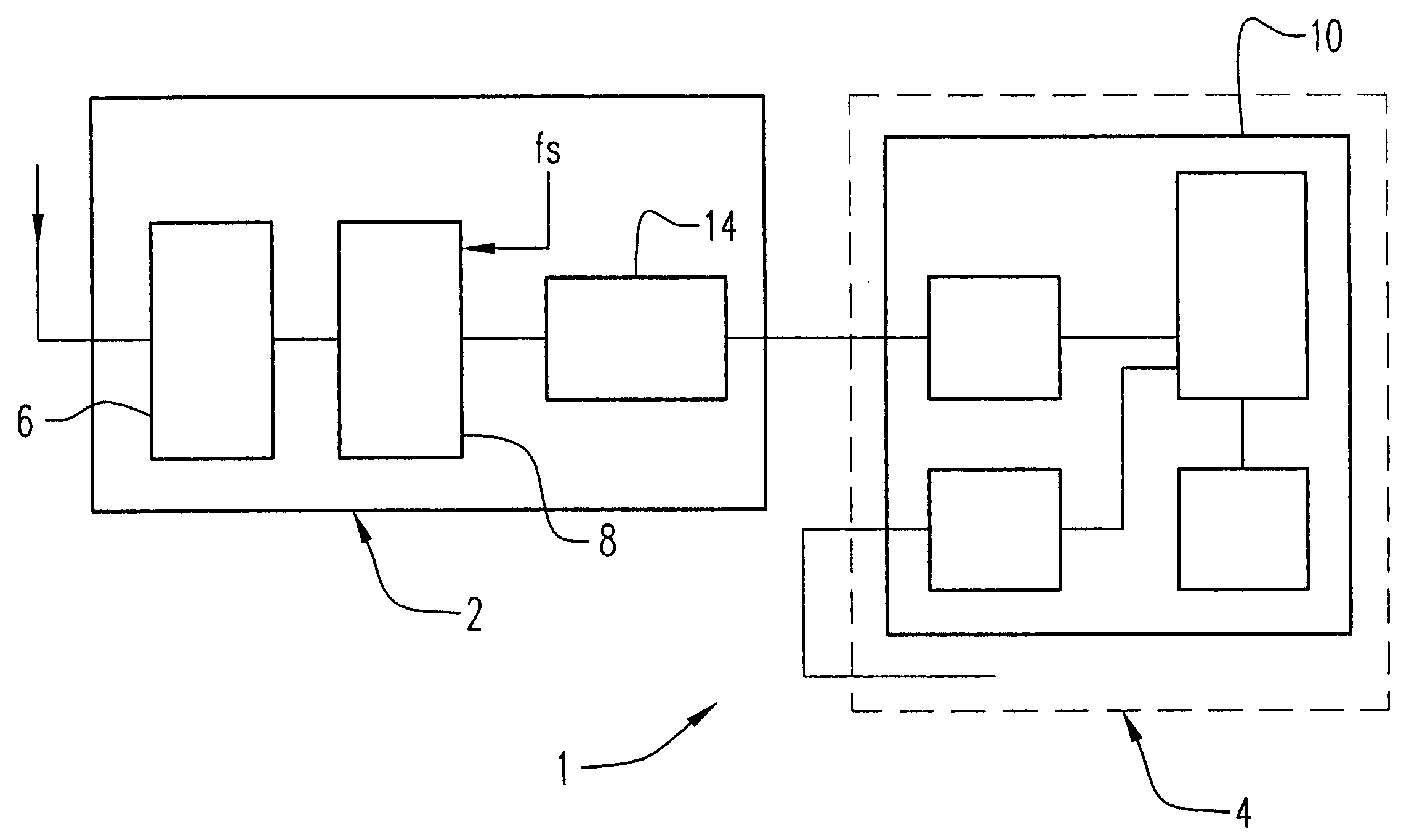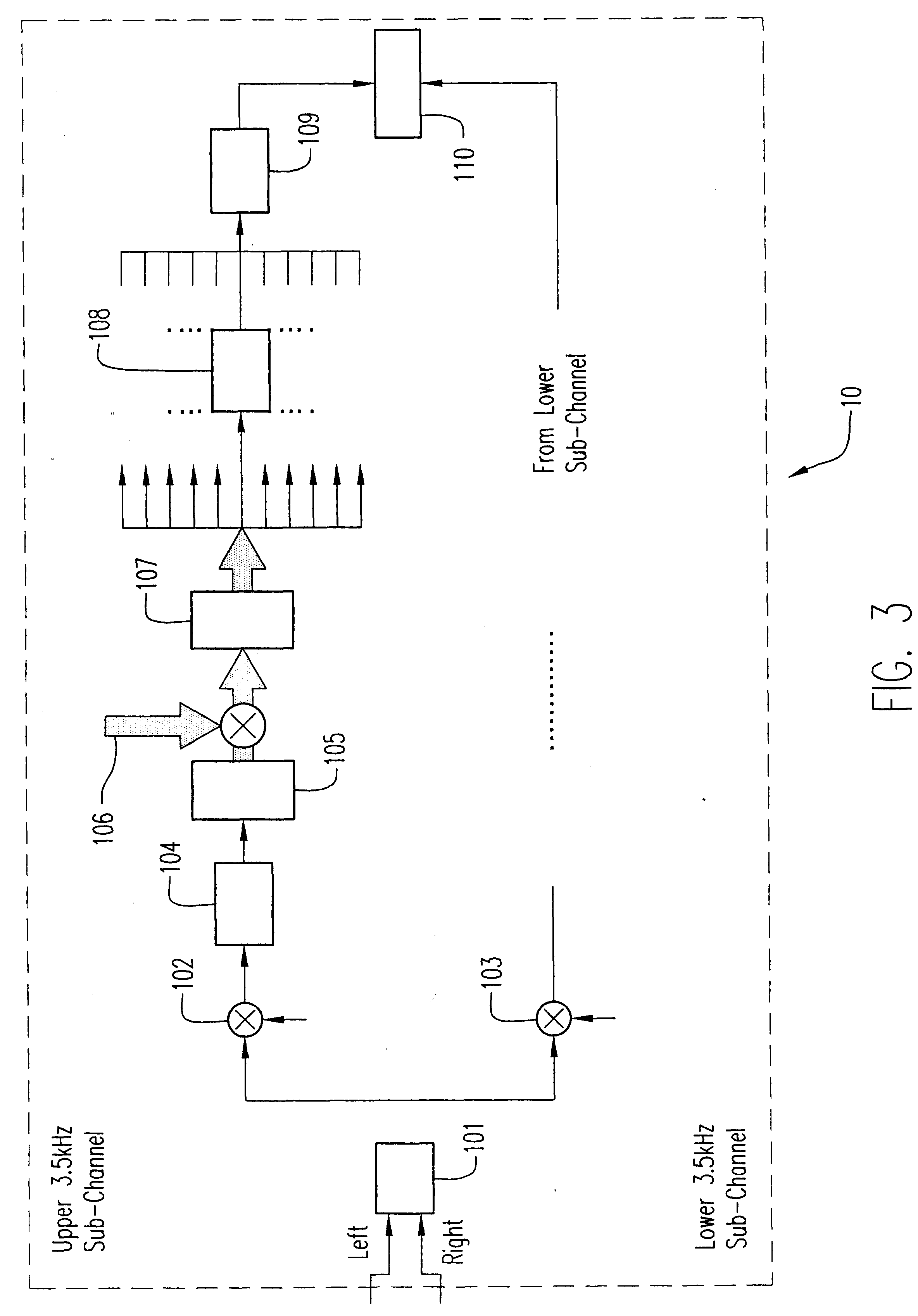Method of transmitting and receiving data, system and receiver therefor
- Summary
- Abstract
- Description
- Claims
- Application Information
AI Technical Summary
Benefits of technology
Problems solved by technology
Method used
Image
Examples
Embodiment Construction
The receiver and telecommunication systems described herein have general application. However, for clarity, the systems and methods are specifically described when used in a tracking system for recovering stolen vehicles. It is to be understood, however, that the invention is not limited to such a tracking system. For example, the present invention may be applied to remote metering of electricity or other utility meters; low data rate telemetry from remote (e.g. non-mains powered) installations such as water reservoirs; from personal or property accident or attack security alarms such as rape alarms, mountain rescue alarms, etc.; security systems for buildings, low-power wireless alarms, connection of building alarms to a national central monitoring system; remote controls for example in a domestic environment such as for electrical appliance control; and non-radio communications system using, for example, signalling via electricity mains supply.
The techniques described in detail be...
PUM
 Login to View More
Login to View More Abstract
Description
Claims
Application Information
 Login to View More
Login to View More - R&D
- Intellectual Property
- Life Sciences
- Materials
- Tech Scout
- Unparalleled Data Quality
- Higher Quality Content
- 60% Fewer Hallucinations
Browse by: Latest US Patents, China's latest patents, Technical Efficacy Thesaurus, Application Domain, Technology Topic, Popular Technical Reports.
© 2025 PatSnap. All rights reserved.Legal|Privacy policy|Modern Slavery Act Transparency Statement|Sitemap|About US| Contact US: help@patsnap.com



